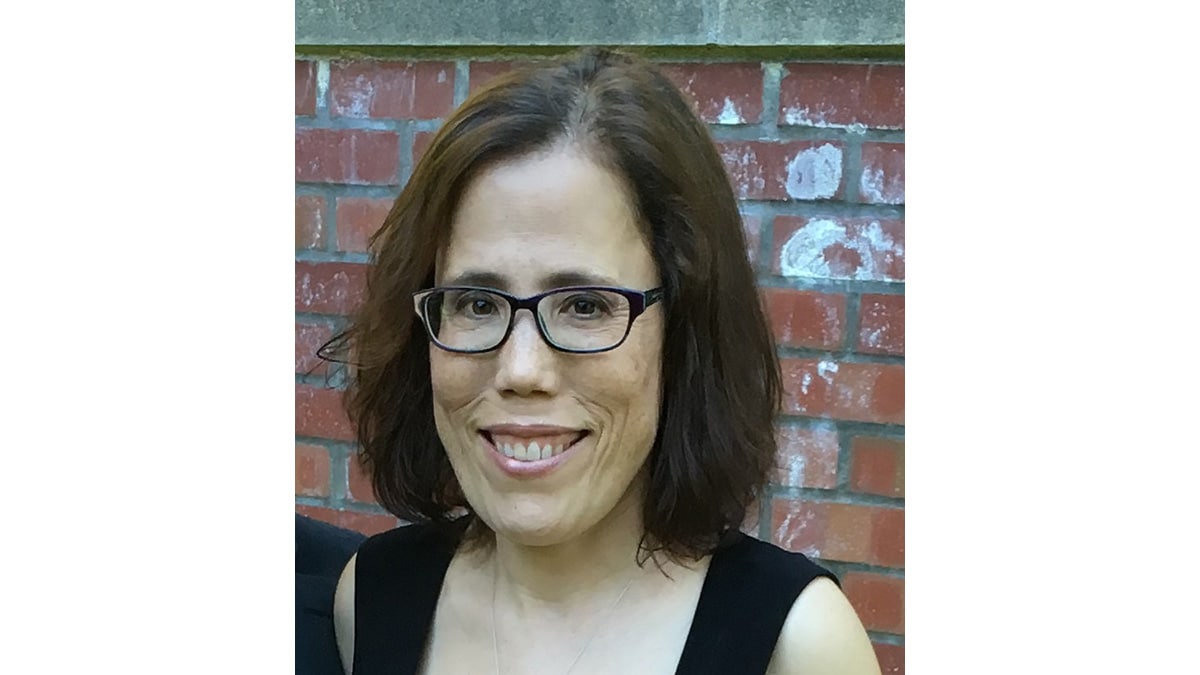At a glance
While growing up, Laurice Levine believed her thalassemia meant she would not live to be 30 years old. With proper treatment, Laurice has proven that belief to be wrong.

Background
When Laurice Levine was first diagnosed with thalassemia as a small child, the expectation was that she would not live to be 30 years old. Thalassemia is an inherited blood disorder in which the body does not make enough hemoglobin, a red blood cell protein that carries oxygen to all the cells of the body. When there isn't enough hemoglobin, the body doesn't get enough oxygen-rich blood. This causes a condition called anemia. Severe anemia can damage organs and lead to death.
The Challenge
Laurice's hemoglobin level was very low—about half of what it should have been. Low hemoglobin causes symptoms that interfere with daily life. "Even as a child, I was always sick with colds," Laurice says. "I couldn't walk up slopes, let alone hills, without repeatedly resting, and couldn't participate in sports."
When she was 9 years old, Laurice was diagnosed with congestive heart failure (CHF). CHF sometimes occurs in people who have anemia for a long time, because their hearts need to work much harder to make up for the lack of oxygen in the blood. At this time, Laurice received her first transfusion, but she was not put on chronic (regular) transfusion therapy. At age 25, Laurice experienced issues from CHF again, along with high blood pressure in the arteries of the lungs, a condition called pulmonary hypertension.
Intervention
When her CHF symptoms came back, it became clear that Laurice would benefit from a change in her treatment plan. Her healthcare providers decided she should receive regular blood transfusions and chelation therapy.
Blood transfusions are the main way to treat anemia caused by moderate or severe thalassemia. However, people receiving regular blood transfusions are at risk for certain complications, including iron overload. Red blood cells contain a lot of iron. Over time, the iron from all the transfusions can build up in the body and collect in places such as the heart, liver, and brain. The buildup of iron makes it hard for these organs to work properly. To prevent iron overload, people with thalassemia may need chelation therapy, a medicine that removes the excess iron.
Initially, Laurice's transfusions occurred every 4 weeks, then she switched to a more frequent schedule of every 3 weeks. Some years later, Laurice with her hematologist, a blood disorder specialist, made the decision to adopt an even more frequent biweekly transfusion schedule. "I decided in my mid-30s that I did not like the slowdown that low hemoglobin caused and the intense fatigue I experienced the third week leading to my transfusion, so we made the decision to go for transfusions every 2 weeks. Of course, chelation therapy to remove excess iron had to be more rigorous, but that was a small price to pay for improved quality of life."
Impact and results
"When I began transfusion therapy, the quality of my life improved dramatically," Laurice says. "I got sick less, could exercise without gasping for air, and had an easier time getting good grades because my brain was getting the oxygen it needed. Life was not such a struggle!"
Lessons learned
Now over age 50, Laurice notes that "thalassemia has changed dramatically since I took control of my health care. Research has evolved tremendously, and more therapies mean more options for patients. Since no two thalassemia patients seem to be alike, options are lifesaving."
"My perspective has also changed. I used to see thalassemia as a weakness; now, I see it as a strength—the foundation of why I am so strong and resilient and persevere through life's many challenges."
Laurice says to others with thalassemia, "Don't ever give up! It is vital that we be our own best advocates and learn as much as we can about thalassemia so we can ensure that we receive the highest quality of care. There are people who want to help, and you are never alone."
Resources
To connect with others with thalassemia, contact the Cooley's Anemia Foundation (CAF). CDC experts work with partners like CAF to better understand the challenges people with thalassemia have adhering to thalassemia treatment and to provide them with information and services to help them manage their condition.
CDC also funds CAF to educate healthcare providers on the latest updates in the diagnosis, treatment, and management of thalassemia through Virtual Thalassemia Grand Rounds. View past offerings of the rounds in the archive.
